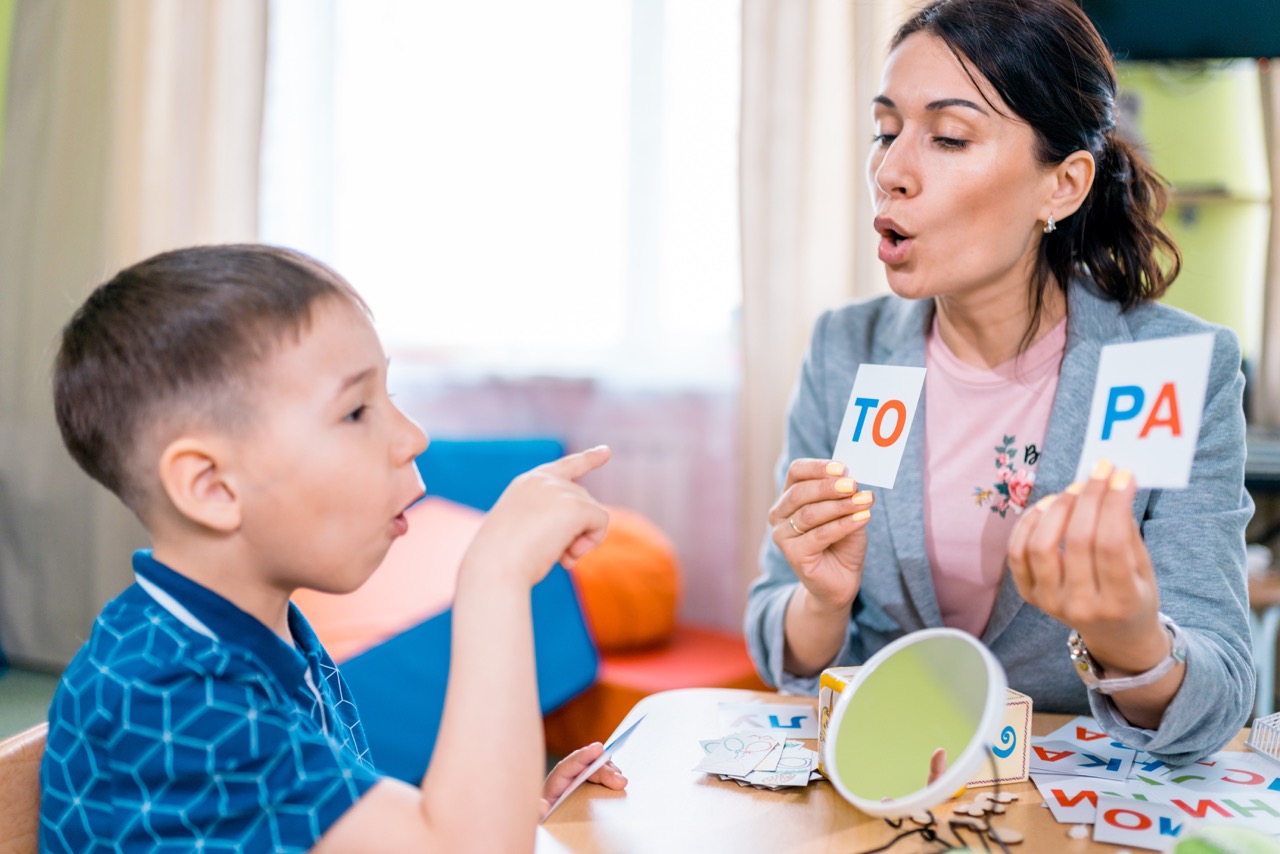Full-Time Therapy For Children With
Autism

ABA therapy is the gold standard treatment for children diagnosed with Autism Spectrum Disorder (ASD).
To provide a strong program that maximizes the valuable years of learning up to a child’s sixth birthday, Ally Behavior Centers operates on a year-round calendar with the observation of nine Federal holidays. This continuity of care is part of our intensive early intervention model meant to help each client reach their potential and goals set in their treatment plan. Consistent and daily ABA therapy for autism is pivotal for a young child’s progress.
The beautiful part of our centers is that they are fun, interactive, and give clients the opportunity to be in therapy all day long while building social skills and preparing for academic environments. Whether in a structured setting, eating lunch with friends, or interacting in a sensory space, our 1:1 therapist-to-child ratio offers constant opportunities for progress.
9:00 AM

At arrival, clients are greeted by their designated 1:1 therapist. This is the chance to share the mood of the child, how they slept, how breakfast went, and anything else the therapist should know for the day.
While it’s common to be greeted daily by the same therapist, children rotate between 2-4 individuals throughout the day.
Morning & Afternoon

Children rotate between structured ABA therapy sessions and natural environments.
Group activities such as circle time, snacks, and intensive potty training are scheduled. Established nap routines from home are followed.
Lunch

Lunch is a particularly social and interactive opportunity for children each day.
Not only are they with their peers but they are working on manners, staying in their seats, eating, and cleaning up after their meals.
Speech & Occupational Therapy Sessions

Speech and occupational therapy sessions are scheduled in 30 and 60-minute time blocks throughout each day.
Designated therapists attend these sessions with their clients so they can carry over strategies into daily ABA therapy.
5:00 PM

At dismissal, parents are greeted by their designated 1:1 therapist with a report of what was worked on that day, what went well, and what kinds of things are still in progress.
There is always time to ask questions and a written summary is provided to take home.
ABA Therapy sessions for autism are ongoing throughout every moment a client is at our center.
While some skill-building is designed and meticulously tracked using Discrete Trial Training (DTT), much is accomplished using Natural Environment Training (NET). Incidental Skill Development is utilized in every environment as it is a skilled mode of interaction guided by each therapist so therapy is happening all day, every day.
Breaks larger skills into smaller ones. Used for physical and verbal imitations or receptive actions in response to verbal instructions. Trials include repeated practice and prompting by the therapist. Data is collected throughout the trial.
Examples include:
“Show me the fork.”
“Stand up.”
"Show me the color blue."
Clients choose activities that they like and the therapist uses these interactions to work on known goals.
Examples include verbal language, listening, and following instructions.
Using naturally occurring incidents or situations to work on or teach a new skill in individual and group settings
Examples include setting a desired item out of reach and providing it when the child asks for it using approach communication or language skills unique to them; modeling behavior and having children learn through observation is also considered incidental skill development.
Breaks larger skills into smaller ones. Used for physical and verbal imitations or receptive actions in response to verbal instructions. Trials include repeated practice and prompting by the therapist. Data is collected throughout the trial.
Examples include:
“Show me the fork.”
“Stand up.”
"Show me the color blue."
Clients choose activities that they like and the therapist uses these interactions to work on known goals.
Examples include verbal language, listening, and following instructions.
Using naturally occurring incidents or situations to work on or teach a new skill in individual and group settings
Examples include setting a desired item out of reach and providing it when the child asks for it using approach communication or language skills unique to them; modeling behavior and having children learn through observation is also considered incidental skill development.


